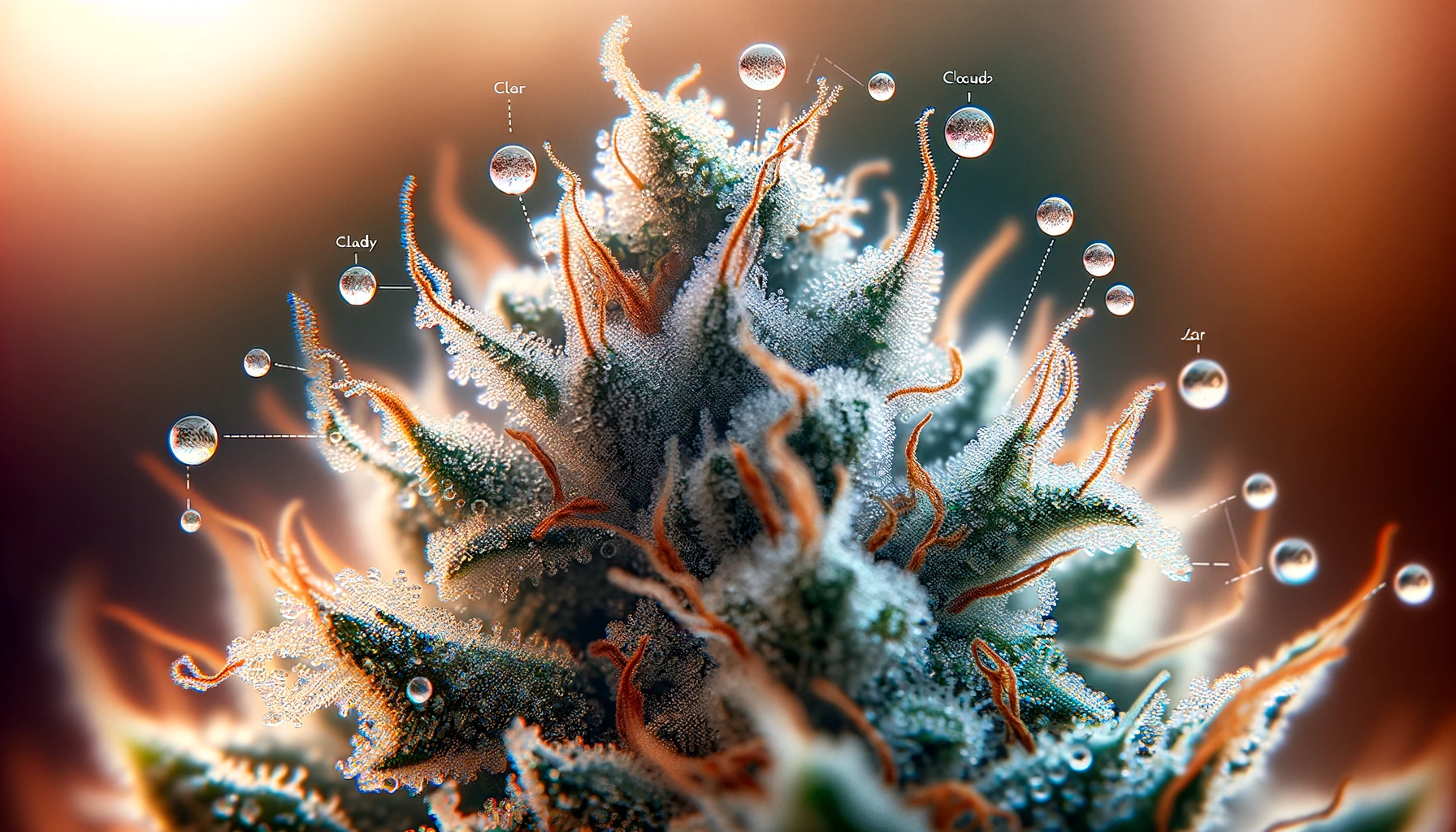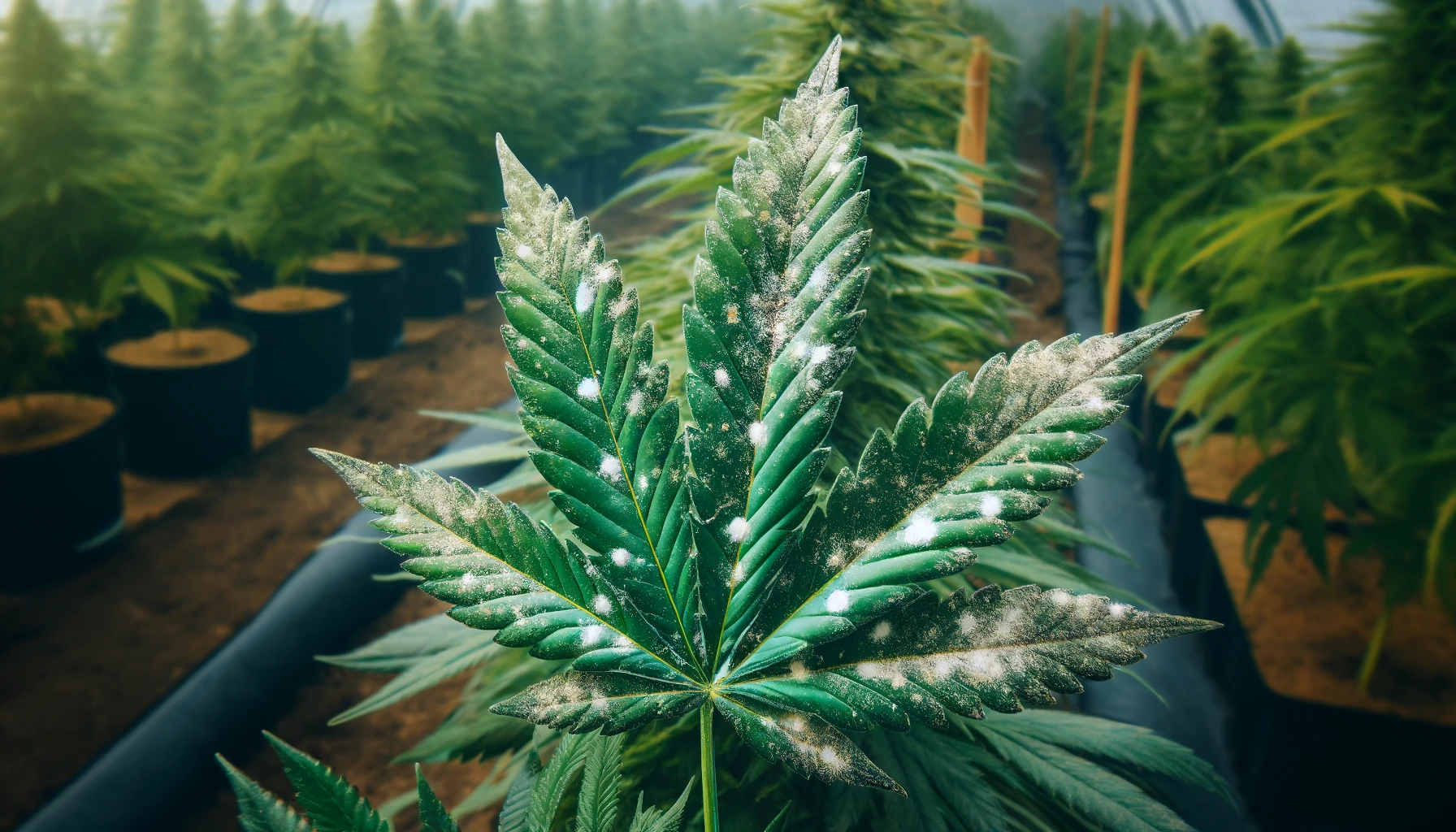How to Determine When Cannabis is Ready to Harvest: A Detailed Guide
Knowing when to harvest your cannabis plants is crucial for maximizing potency, flavor, and yield. This guide covers the signs of readiness, different methods to determine the right time for harvest, and detailed steps to ensure you get the most out of your crop.
Introduction
Harvesting cannabis at the optimal time is essential for achieving the best possible quality and potency. This comprehensive guide will walk you through the various indicators of readiness, methods to accurately determine harvest time, and tips for ensuring a successful harvest.
Table of Contents
| Heading | Sub-topics |
|---|---|
| Understanding Cannabis Maturity | Importance of Harvest Timing, Effects on Potency and Flavor |
| Signs of Cannabis Readiness | Visual Indicators, Trichome Development, Pistil Color, Leaf Changes |
| Methods to Determine Harvest Time | Trichome Method, Pistil Method, Calendar Method, Hybrid Method |
| Using Trichomes to Determine Harvest Readiness | Types of Trichomes, Inspecting Trichomes, Interpreting Trichome Color |
| Pistil Method for Harvest Timing | Observing Pistil Color, Percentage of Darkened Pistils |
| Calendar Method for Harvesting | Understanding Flowering Time, Strain-Specific Timelines, Combining with Other Methods |
| Hybrid Method: Combining Indicators | Cross-Referencing Multiple Signs, Balancing Trichome and Pistil Observations |
| Tools and Equipment for Assessing Readiness | Magnifying Glasses, Microscopes, Digital Cameras, Harvest Checklists |
| Step-by-Step Guide to Harvesting Cannabis | Preparing for Harvest, Cutting and Trimming, Drying and Curing |
| Common Harvesting Mistakes and How to Avoid Them | Premature Harvesting, Over-Ripening, Mishandling During Harvest |
| Post-Harvest Care and Processing | Drying Techniques, Curing Methods, Storage Tips |
| Advanced Harvesting Techniques | Staggered Harvests, Partial Harvesting, Flushing Before Harvest |
| FAQs | Frequently Asked Questions on Harvesting Cannabis |
Understanding Cannabis Maturity
Importance of Harvest Timing
Harvesting cannabis at the right time is crucial for several reasons:
- Potency: The cannabinoid profile, including THC and CBD levels, peaks at specific stages.
- Flavor: Terpene levels, which affect aroma and flavor, also reach optimal levels at peak maturity.
- Yield: Harvesting too early or too late can affect the overall yield and quality of your crop.
Effects on Potency and Flavor
- Early Harvest: Results in a more energetic, cerebral high due to higher THC and lower CBN levels.
- Late Harvest: Produces a more sedative effect as THC degrades to CBN.
Signs of Cannabis Readiness
Visual Indicators
- Leaf Color: Leaves may start yellowing as the plant redirects energy to the buds.
- Bud Size and Density: Mature buds will be firm and dense.
Trichome Development
- Types of Trichomes: Look for bulbous, capitate-sessile, and capitate-stalked trichomes.
- Color Changes: Trichomes transition from clear to milky white and then to amber as the plant matures.
Pistil Color
- Initial Stage: Pistils are white and straight.
- Mature Stage: Pistils darken and curl inwards.
Leaf Changes
- Fan Leaves: May yellow and die off as the plant approaches harvest time.
- Sugar Leaves: Often retain more chlorophyll and can still be green when buds are ready.
Methods to Determine Harvest Time
Trichome Method
- Inspecting Trichomes: Use a magnifying glass or microscope.
- Clear Trichomes: Indicates the plant is not ready.
- Milky Trichomes: Peak THC levels, suggesting readiness.
- Amber Trichomes: THC degrading into CBN, indicating a more sedative effect.
Pistil Method
- Observing Pistil Color: Pistils change from white to brown/red.
- Percentage of Darkened Pistils: Aim for around 70-90% darkened pistils for most strains.
Calendar Method
- Understanding Flowering Time: Know the typical flowering period for your strain (usually 8-12 weeks).
- Strain-Specific Timelines: Consult seed supplier or strain database.
- Combining with Other Methods: Use calendar estimates alongside trichome and pistil observations.
Hybrid Method: Combining Indicators
- Cross-Referencing Multiple Signs: Use trichome, pistil, and calendar methods together.
- Balancing Trichome and Pistil Observations: Ensures a more accurate determination of readiness.
Using Trichomes to Determine Harvest Readiness
Types of Trichomes
- Bulbous: Smallest, least significant for potency.
- Capitate-Sessile: Medium-sized, more common.
- Capitate-Stalked: Largest, most abundant, and significant for cannabinoid production.
Inspecting Trichomes
- Tools Needed: Magnifying glass (30x), jeweler’s loupe (60x-100x), or digital microscope.
- Procedure: Inspect trichomes on the buds (not leaves) regularly as harvest time approaches.
Interpreting Trichome Color
- Clear: Immature, not ready for harvest.
- Milky White: Peak potency, high THC levels.
- Amber: THC degrading, higher CBN, more sedative effect.
Pistil Method for Harvest Timing
Observing Pistil Color
- Initial White Pistils: Indicate early flowering stage.
- Transition to Brown/Red: Indicates approaching maturity.
Percentage of Darkened Pistils
- 70-90% Darkened: General guideline for most strains.
- Strain Variations: Some strains may require different percentages.
Calendar Method for Harvesting
Understanding Flowering Time
- Indica Strains: Typically 8-10 weeks.
- Sativa Strains: Generally 10-12 weeks.
- Hybrid Strains: Varies based on parent strains.
Strain-Specific Timelines
- Consult Resources: Use seed supplier information and strain databases.
Combining with Other Methods
- Double-Check Indicators: Use calendar estimates alongside visual and trichome inspections.
Hybrid Method: Combining Indicators
Cross-Referencing Multiple Signs
- Trichomes and Pistils: Look for milky trichomes and 70-90% darkened pistils.
- Calendar: Ensure the plant has reached its expected flowering time.
Balancing Trichome and Pistil Observations
- Trichomes as Primary Indicator: Prioritize trichome color but confirm with pistil observations.
Tools and Equipment for Assessing Readiness
Magnifying Glasses
- 30x Magnification: Basic level, suitable for preliminary inspections.
Microscopes
- 60x-100x Magnification: Provides a clearer view of trichome color and condition.
Digital Cameras
- Macro Lenses: Attach to smartphones for detailed trichome photos.
Harvest Checklists
- Create a Checklist: Track progress and ensure all indicators are met before harvesting.
Step-by-Step Guide to Harvesting Cannabis
Preparing for Harvest
- Gather Supplies: Scissors, gloves, drying racks, and storage containers.
- Clean Area: Ensure a clean and sanitized workspace.
Cutting and Trimming
- Cutting Branches: Use sharp scissors to cut branches from the main stem.
- Trimming Leaves: Remove large fan leaves and trim sugar leaves.
Drying and Curing
- Drying: Hang branches upside down in a dark, well-ventilated room.
- Curing: Place dried buds in airtight containers, burping daily to release moisture.
Common Harvesting Mistakes and How to Avoid Them
Premature Harvesting
- Issue: Results in lower potency and yield.
- Solution: Wait for trichomes to turn milky white and pistils to darken.
Over-Ripening
- Issue: Leads to increased CBN levels, causing a sedative effect.
- Solution: Monitor trichomes and harvest when most are milky with some amber.
Mishandling During Harvest
- Issue: Can damage buds and reduce quality.
- Solution: Handle plants gently and use sharp, clean tools.
Post-Harvest Care and Processing
Drying Techniques
- Environment: Keep humidity around 50-60% and temperature at 60-70°F (15-21°C).
- Duration: Dry for 7-14 days until stems snap instead of bend.
Curing Methods
- Airtight Containers: Use glass jars for curing.
- Burping: Open jars daily for the first 1-2 weeks to release excess moisture.
Storage Tips
- Cool, Dark Place: Store cured buds in a cool, dark place to preserve potency and flavor.
- Long-Term Storage: Consider vacuum sealing and refrigeration for extended storage.
Advanced Harvesting Techniques
Staggered Harvests
- Technique: Harvest plants in stages to allow lower buds to mature.
- Benefit: Maximizes yield by giving all buds optimal time to ripen.
Partial Harvesting
- Technique: Harvest only the top buds first, allowing lower buds to develop further.
- Benefit: Ensures even maturation across the plant.
Flushing Before Harvest
- Purpose: Removes residual nutrients for a cleaner taste.
- Method: Water plants with pure water for 1-2 weeks before harvest.
FAQs
How do I know when my cannabis is ready to harvest? Check for milky white trichomes and 70-90% darkened pistils. Use a combination of trichome inspection, pistil color, and the calendar method.
What tools do I need to check trichomes? A magnifying glass (30x), jeweler’s loupe (60x-100x), or digital microscope will help you inspect trichomes closely.
Can I harvest my cannabis too late? Yes, over-ripening can lead to higher CBN levels, causing a more sedative effect and potentially reducing overall potency.
What is the best drying environment for harvested cannabis? A dark, well-ventilated room with humidity around 50-60% and temperature between 60-70°F (15-21°C) is ideal for drying.
How long should I cure my cannabis buds? Cure for at least 2-4 weeks in airtight containers, burping daily for the first 1-2 weeks to release excess moisture.
Why is flushing important before harvest? Flushing removes residual nutrients, resulting in cleaner-tasting buds. It is typically done by watering with pure water for 1-2 weeks before harvest.
Conclusion
Harvesting cannabis at the right time is essential for maximizing potency, flavor, and yield. By using a combination of trichome inspection, pistil color observation, and understanding the flowering timeline of your strain, you can accurately determine the optimal harvest time. Proper post-harvest care, including drying and curing, further enhances the quality of your cannabis. With careful attention to these details, you can enjoy a bountiful and high-quality harvest.






